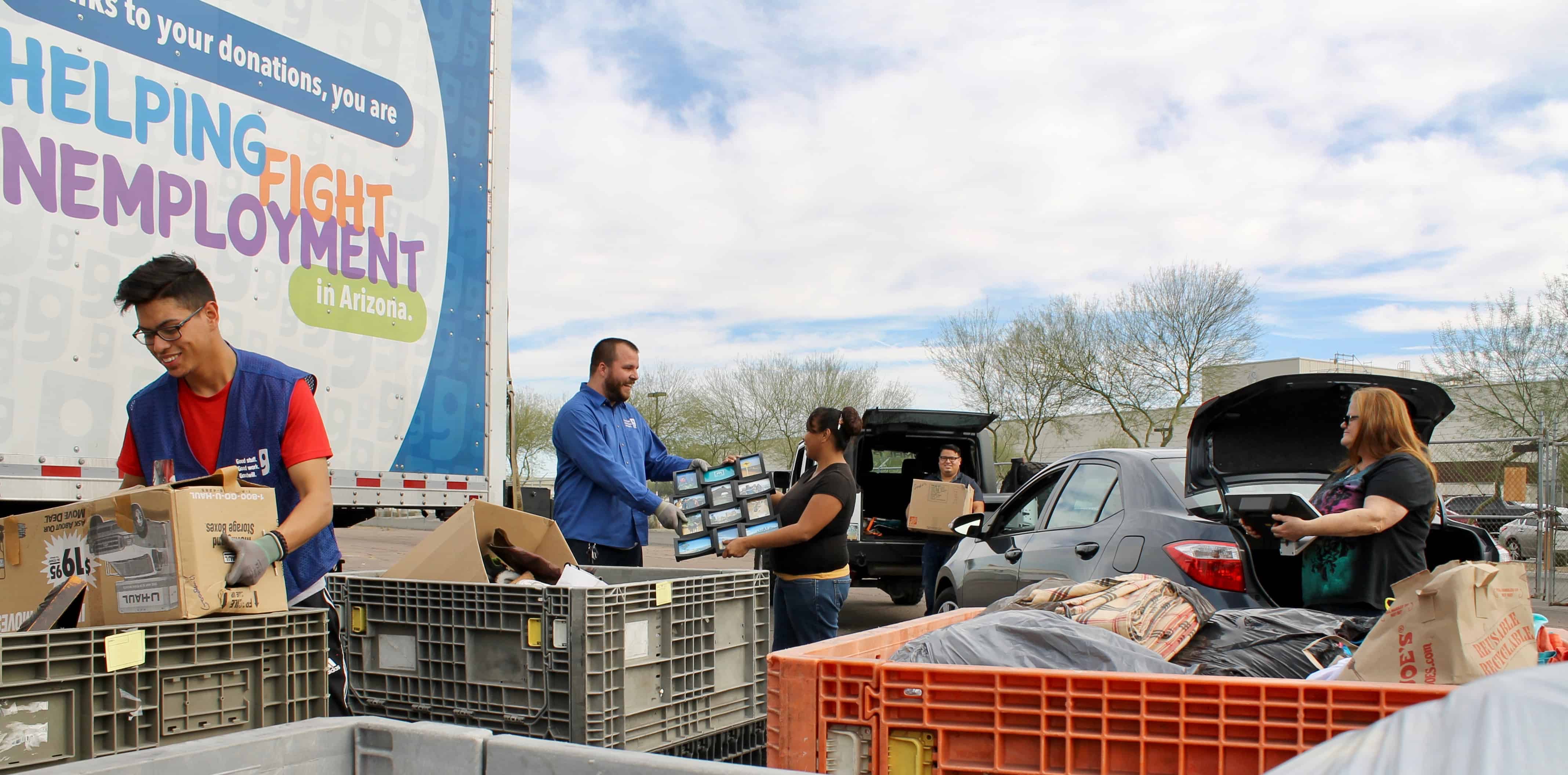How to Run a Successful Charity Drive
-
 Mark Dinn
Mark Dinn - 19 Jul, 2022

Running a successful charity drive is more than just collecting donations; it’s about creating an experience that resonates with people and inspires them to give. Whether you’re aiming to support a local cause or raise funds for a global issue, this step-by-step guide will help you organize an event that not only meets but exceeds your goals.
Step 1: Define Your Mission
First things first: What are you raising money for? A vague goal will yield vague results, so get specific. If you’re raising money for a local animal shelter, for instance, break it down. Are you covering medical expenses? Are you looking to upgrade their facilities? Knowing exactly what you’re working toward helps potential donors connect with your cause on a deeper level.
Note
It also helps to create a compelling story around your mission. When the Nashville Humane Association needed to upgrade their kennels, they didn’t just ask for donations. They shared the stories of the animals who would benefit from the new, comfortable spaces. That personal touch drove home the importance of their cause, making it easier for people to open their wallets.
Step 2: Assemble Your Team
No charity drive should be a one-person show. Assemble a team of passionate individuals who share your vision. Think about the skills you need: event planners, marketers, financial planners, and maybe even a social media guru. Assign roles based on each person’s strengths. That way, everyone knows exactly what they’re responsible for, and you can avoid any last-minute scrambling.
Remember, the people you choose will be the face of your charity drive, so choose wisely. Enthusiasm is contagious, and if your team believes in the cause, they’ll inspire others to believe in it too. I once volunteered for a charity drive organized by a group of college students, and their energy was so infectious that even those who were initially skeptical ended up contributing.
Step 3: Set a Realistic Goal
Now that you have your mission and your team, it’s time to set a goal. Be ambitious but realistic. If your community center needs $10,000 for new playground equipment, don’t set your goal at $50,000. Instead, break down your goal into smaller, manageable chunks. Maybe you aim to raise $2,500 a week for four weeks.
To keep everyone motivated, create a visual progress tracker. I’ve seen teams use thermometers, pie charts, or even giant puzzles where each piece represents a certain amount of money. Watching that progress in real-time can energize both your team and your donors.
Step 4: Plan Your Fundraising Strategy
There are countless ways to raise funds, and the best strategy is often a combination of several approaches. Consider traditional methods like bake sales, car washes, and raffles, but don’t shy away from more modern tactics. Crowdfunding platforms like GoFundMe or Kickstarter can help you reach a wider audience beyond your local community.
When I was involved in a charity drive for a local food bank, we paired an online crowdfunding campaign with a neighborhood scavenger hunt. The scavenger hunt got people out of their homes and into the community, while the online campaign made it easy for those who couldn’t attend to contribute. The dual approach helped us exceed our fundraising goal by 20%.
Step 5: Spread the Word
You can have the best cause and the most passionate team, but if people don’t know about your charity drive, it won’t succeed. Use every tool at your disposal to spread the word. Social media is a must—create a Facebook event, share updates on Instagram, tweet reminders on Twitter, and even consider making a TikTok video. But don’t underestimate the power of good old-fashioned word of mouth.
Partner with local businesses, schools, and community centers to get the word out. A local café could feature your charity drive on their chalkboard, or a school might send flyers home with students. The more people know about your event, the better your turnout will be.
Step 6: Organize the Event
The big day is finally here. Now what? Make sure everything is organized down to the last detail. Have a clear timeline of events and assign someone to keep things running smoothly. If you’re hosting a live event, like a concert or auction, make sure you have all the necessary permits and that your venue is ready to go.
Remember, things rarely go exactly as planned, so be prepared to think on your feet. At a charity auction I attended last year, the sound system malfunctioned. Instead of panicking, the organizers quickly adapted by bringing in a local musician to play acoustic sets in between auction items. It turned a potential disaster into a memorable experience.
Step 7: Thank Your Donors
This might be the most important step of all. After your charity drive is over, take the time to thank everyone who contributed. Send out personalized thank-you notes, post a public message on social media, and if possible, let donors know exactly how their money will be used. Transparency builds trust, and trust will help you when it comes time to organize your next charity drive.
One charity I know took their gratitude a step further by hosting a small appreciation event for their top donors. It wasn’t anything extravagant, just a casual get-together with snacks and drinks. But it made those donors feel valued, and most of them became repeat supporters.
Step 8: Evaluate and Reflect
Once the dust has settled, take a moment to reflect on the charity drive. What went well? What could have been better? Gather feedback from your team and, if possible, from participants. Use this information to improve future events. Running a charity drive is a learning experience, and each one will make you better at the next.
When I organized my first charity drive, we missed our fundraising goal by a small margin. It was disappointing at the time, but the feedback we received helped us identify areas for improvement. The next year, we exceeded our goal by 30%.
Running a successful charity drive is a rewarding experience that can make a real difference in your community. It requires careful planning, a passionate team, and a bit of creativity. But when it all comes together, the impact you can make is immeasurable.
So, gather your team, set your goals, and get to work. Your charity drive could be the event that changes lives—both for the people you’re helping and for everyone who participates. Good luck!


